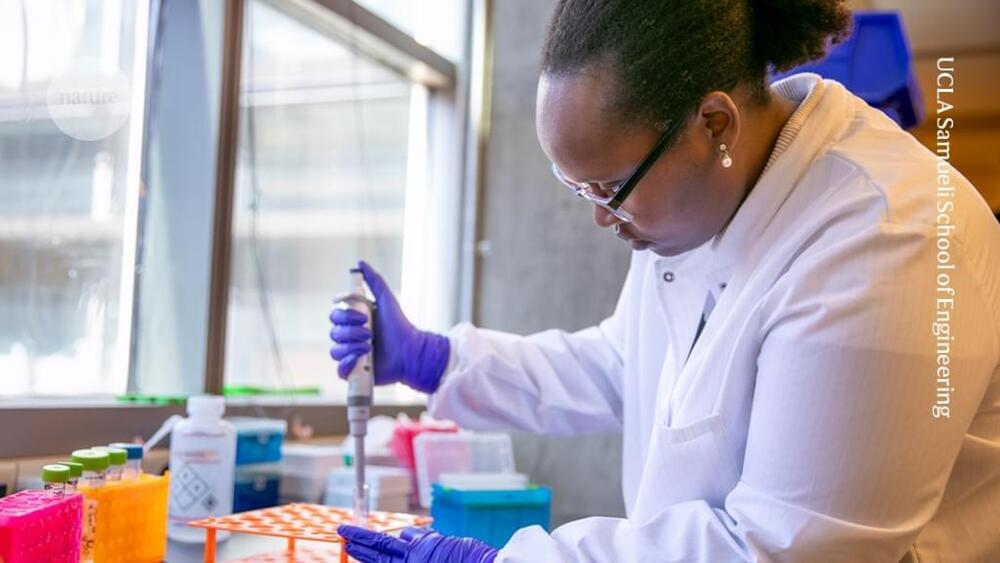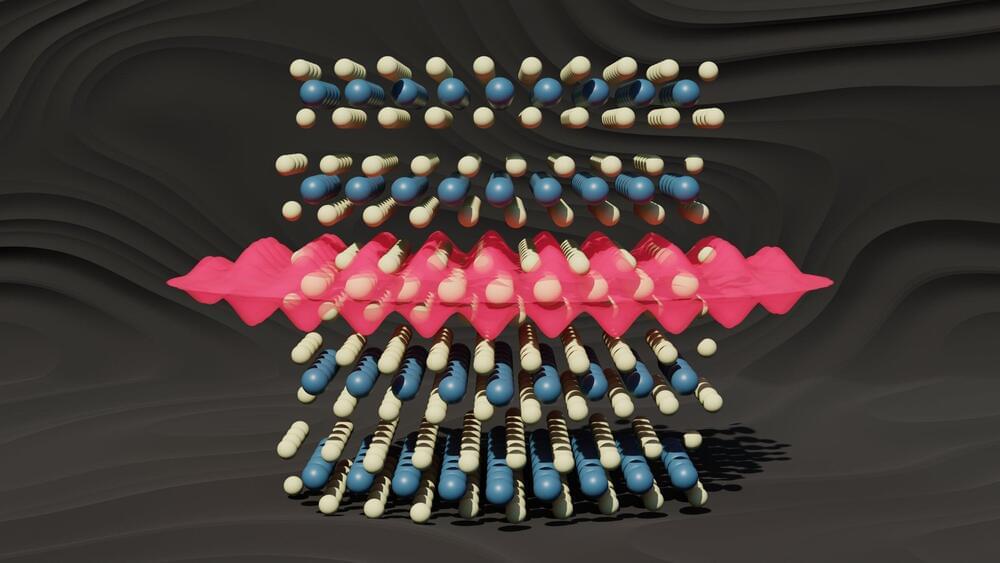The researchers from UCL created a reusable vest to diagnose hypertrophic cardiomyopathy–an inherited heart muscle condition.





Inside her small office, with a window overlooking the iconic Kerckhoff Hall student centre at University of California, Los Angeles (UCLA), chemical biologist Mireille Kamariza is pursuing her big dream. Since 2015, she has steadily worked to stop transmission of deadly tuberculosis (TB) superbugs, which in 2022 infected more than 10 million people and killed more than one million.
As a PhD student working with Nobel laureate Carolyn Bertozzi, now a chemist at Stanford University in California, she developed a fluorescent diagnostic test that could be used for quick detection of TB, especially in resource-poor settings. In 2019, alongside Bertozzi, Kamariza founded the biotech start-up company OliLux Biosciences, based in Los Angeles, to develop reliable tools for detecting TB that are tailored to the complex needs of poorer countries. Nature sat down with Kamariza to talk about her progress in testing these diagnostic tools for use in the real world, and the uphill battle in fighting the spread of TB.
Einstein’s theory of relativity paved the way for black holes’ discovery, but the concept behind their existence was so bizarre that even the scientific visionary was not convinced.
More than a century ago, Albert Einstein stunned the world when he explained the universe through his theory of general relativity. The theory not only described the relationship between space, time, gravity and matter, it opened the door to the theoretical possibility of a particularly mind-boggling phenomenon that would eventually be called black holes.
The concept that explains black holes was so radical, in fact, that Einstein, himself, had strong misgivings. He concluded in a 1939 paper in the Annals of Mathematics that the idea was “not convincing” and the phenomena did not exist “in the real world.”
The unveiling of the first-ever picture of a black hole by the Event Horizon Telescope in April 2019, however, not only confirmed Einstein’s original theory, but also provided indisputable proof that the gravitational monsters are, in fact, real.

Solar EV startup Aptera Motors continued its welcomed level of public transparency today, posting another progress update video for February, offering some juicy details. Aptera co-founder Steve Fambro walks you through the first glimpse at the upcoming Aptera app, which promises several cool features; plus, we get a look at some Solar EV battery packs and some hints at how safe the production vehicle will be. You can learn more in the full video below.
There is a multitude of reasons why Aptera Motors is different from the other OEMs out there. The most obvious is that the California-based startup is really the only company left trying to bring Solar EVs to full-scale production, and it is closer than ever, following a successful $34 million crowdfunding program.
Additionally, Aptera constantly keeps its growing fanbase as well as EV enthusiasts in the know of its progress in developing its solar EVs, posting monthly updates to YouTube. There is also plenty of news coming out of Aptera HQ in between those monthly videos. For example, Aptera offered the public a look at its production-intent build process in mid-February.

Quantum materials have generated considerable interest for computing applications in the past several decades, but non-trivial quantum properties—like superconductivity or magnetic spin—remain in fragile states.
“When designing quantum materials, the game is always a fight against disorder,” said Robert Hovden, an associate professor of materials science and engineering at the University of Michigan.
Heat is the most common form of disorder that disrupts quantum properties. Quantum materials often only exhibit exotic phenomena at very low temperatures when the atom nearly stops vibrating, allowing the surrounding electrons to interact with one another and rearrange themselves in unexpected ways. This is why quantum computers are currently being developed in baths of liquid helium at −269 °C, or around −450 F. That’s just a few degrees above zero Kelvin (−273.15 °C).


Some of Apple’s biggest investors are set to pressure the company tomorrow to reveal its use of artificial intelligence tools (via the Financial Times).
Apple’s annual shareholder meeting takes place tomorrow, allowing those with a major stake in the company to put forward proposals. One resolution proposed by the American Federation of Labor and Congress of Industrial Organizations (AFL-CIO) asks Apple to disclose its use of AI and any ethical guidelines that the company has adopted regarding the technology.

Tesla has made significant strides in improving its supply chain sustainability and human rights practices, as per a new study by environmental group Lead the Charge. This was highlighted by the fact that the electric vehicle giant jumped from ninth to third place in the group’s annual Auto Supply Chain Leaderboard and Report.
Lead the Charge’s Auto Supply Chain Leaderboard and Report analyzes publicly available data from 18 of the industry’s leading automotive manufacturers. The study also provides rankings of automakers’ efforts to eliminate emissions, environmental harms, and human rights violations from their supply chains. In a press release, Lead the Charge noted that its study comes at a crucial time as industry experts are calling for automakers to foster a cleaner supply chain.
Tesla is among the automakers that stood out in Lead the Charge’s study. As per the environmental group, Tesla achieved the largest score increase among its peers in the study, with the company jumping from ninth to third place. Tesla was also the only company to make improvements across all eight of the study’s indicator categories.